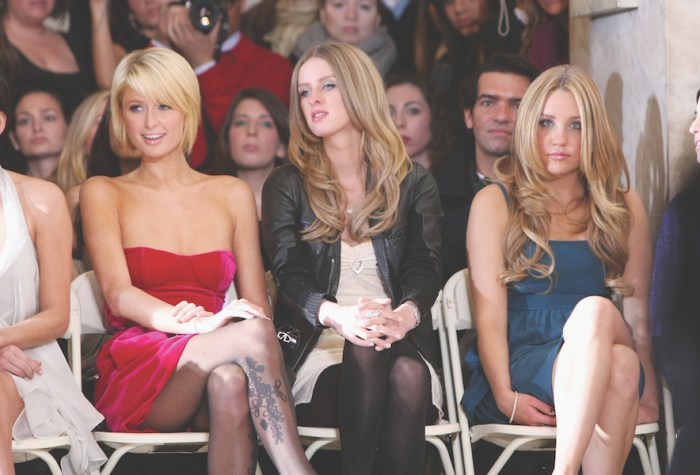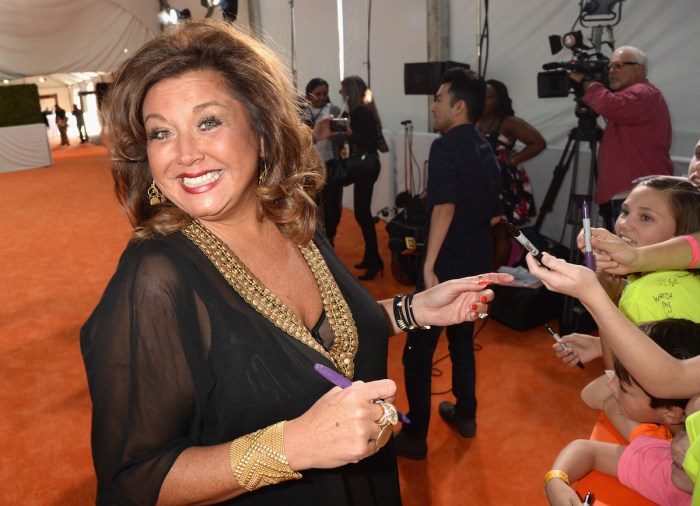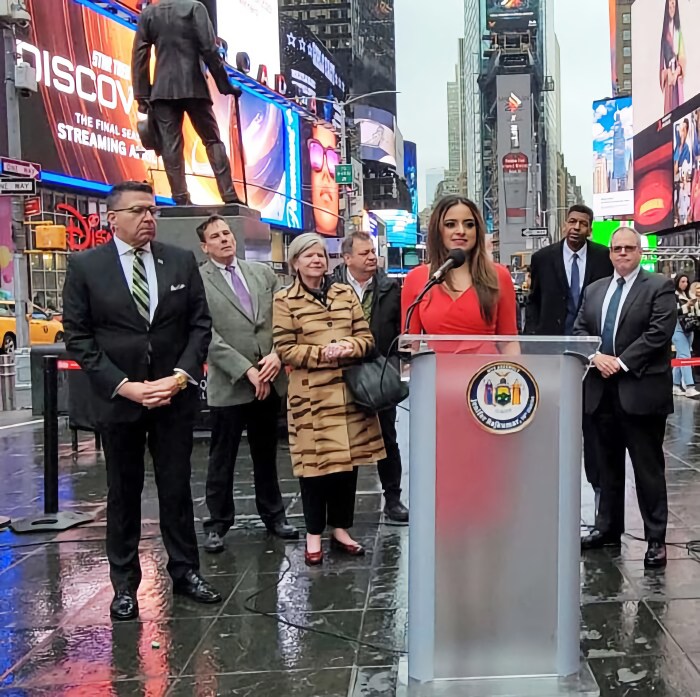 The bodies of a man and a woman in an embrace were discovered in the wreckage of a garment factory collapse in Bangladesh last month that killed more than 1,000 people. Credit: Taslima Akhter
The bodies of a man and a woman in an embrace were discovered in the wreckage of a garment factory collapse in Bangladesh last month that killed more than 1,000 people. Credit: Taslima Akhter
The euphoria was understandable when rescuers pulled 19-year-old Reshma Begum alive from the wreckage of the Rana Plaza garment factory in Dhaka, Bangladesh, last week. More than 1,127 were killed and thousands more injured when the factory fell on April 24. It had been 17 days since anyone had been found alive. [embedgallery id=151505]
Even in a country where life expectancy is low, the devastating collapse sparked protests, with rioters calling for the owner of the factory to be hanged. The outrage was worldwide — and had previously been missing among Western observers and consumers about the working conditions in factories in Bangladesh. They have been deplorable for years while churning out cheap clothes for some of the West’s best-known clothing brands. Despite its small size, Bangladesh is the second largest garment exporter in the world with the U.S. being its largest export market, with 19.4 percent of exports coming to the States. Wal-Mart alone does more than $1 billion worth of manufacturing in the severely impoverished country.
But while everyone is quick to point at the labels that produce their clothing there — J.C. Penney, Gap, Sears, Zara, among thousands of others — Chris Rhomberg, associate professor of sociology at Fordham University who specializes labor and labor movements, says it’s a very complex and multilayered situation. “These labels don’t actually own the factories in Bangladesh,” he notes. “They contract the work out to contractors. But this is how the garment industry works: The contractor then contracts them out to subcontractors that are even cheaper and creates this enormous pressure on all the labels to go even cheaper.” Rhomberg and others in his field call this continual outsourcing and downward push of cost “race to the bottom.”
“Bottom” is an apt term. Since there is little to no direct oversight by these western clothing brands, workers making these garments work in shockingly unsafe and unregulated factories. Many are forced to work seven days a week, are bullied into working overtime – and the youngest of them, mainly girls often as young as 10 — earn as little as $400 per year.
“No company is willing to spend the money for safety, adequate standards and wages if that makes their product more expensive than their competitors,” notes Rhomberg. “If you allow this race to the bottom to occur, there is pressure on each one to go cheaper.”
And who is cheap? Women and children. Estimates vary, but up to 30,000 children are said to toil away in the sweatshops. The average age of the children is 13, of whom 10 percent, according to the United States Department of Labor, are married by the age of 10. The USLD report supported the findings of the Institute of Global Labor and Human Rights. “In a recent visit to Bangladesh, a Department of Labor official spoke with children who … also reported that, like adult workers, they are often paid two to four weeks late, and rarely paid extra for overtime.”
Out of the 3.5 million people who work in Bangladesh factories, 85 per cent are women. Although the principle of women working in this predominantly Muslim country has been accepted – largely for economic reasons – they still face paternalism, at best, and outright discrimination at worst, according to the European Union, which noted high levels of forced, early marriage and domestic abuse.
But even with this global spotlight shining brightly on the working conditions in Bangladesh — and the international outcry almost overwhelming — change is still very hard to initiate. There is immense international pressure for brands to sign the binding Fire and Building Safety Agreement, which protects garment workers. This five-year accord, which H&M and Zara signed this week, promises that they will not hire manufacturers and contractors whose clothing factories fail to meet safety standards; it will also commit them to paying for necessary repairs and renovations. The Bangladeshi government is acting as well — they are raising the minimum wage for workers and will make it easier for them to unionize. Still, the Gap, J.C. Penny and most notably Wal-Mart, had refused to sign as of Wednesday afternoon.Wal-Mart believes that their own safety plans are enough. “Walmart believes its safety plan meets or exceeds the IndustriALL proposal, and will get results more quickly,” the company said in a statement.
A major U.S. retail trade group on Wednesday spoke out against a Bangladesh fire and building safety accord, saying that signing on would expose American companies to a legally questionable binding arbitration provision.
“While the proposal put forth by the labor unions addresses a number of shared concerns, the accord veers away from commonsense solutions and seeks to advance a narrow agenda driven by special interests,” Matthew Shay, chief executive of the National Retail Federation, said in a statement.
Unionizers and labor activists worry that if these garment behemoths don’t join the pact, the agreement will lack influence.
Still, H&M’s decision to sign the accord is crucial, said Scott Nova, executive director of Worker Rights Consortium, in Women’s Wear Daily. “They are the single largest producer of apparel in Bangladesh, ahead even of Wal-Mart. This accord now has tremendous momentum.
Rep. George Miller, the senior Democratic member of the House Education and Workforce Committee, who has been working in Congress to fight sweatshops and improve working conditions in factories, also stressed that the onus lies with major fashion brands, not just the Bangladeshi government.
“Right now, [these retailers] must join other brands, unions and civil society groups in [signing on to the Fire and Building Safety Agreement] and begin the very affordable process of making their supplier factories safer. If they fail to sign an enforceable agreement, they are declaring that they accept blood on their labels.”
Eyewitness account
The images that accompany this story were taken by Taslima Akhter, a Dhaka-based photojournalist and activist for the rights of women garment makers in Bangladesh. It shows two workers, a man and a woman, locked in a final embrace in death. Akhter took the image shortly after the collapse of the garment factory on April 24.
She told Metro: “Sometimes owners and the government try to say that activists and workers are trying to make a conspiracy against industrialization – a common tactic when it comes to undermining workers’ rights.
“But as an activist and photographer I want to say that I, other activists, trade union activists and workers support the development of industrialization. We believe that without improving the conditions of workers through proper wages and safety standards, it cannot be possible. And it’s not only our local issue, it’s an international issue too.
“Buyers get products from our country at a very cheap rate, and our labor has become the cheapest labor in the world. International buyers also do not really care about pay rates and safety standards. Through my photography for last five years I am trying to campaign against low wage of workers and insecure working condition of workers.”
Akhter, 39, works as a photography tutor at Pathsala University, Bangladesh. In 2011 she participated the summer course on human rights and photography at New York University.
Involved in student politics during her student life, she became the president of Bangladesh Student Federation. She continues her involvement with women’s and worker organization as an activist. Considering photography as a part of her activism, she chooses to work on gender-environmental-cultural issues and the issues of social discrimination.
Bangladesh by the numbers
Bangladesh’s economy has grown by nearly 6 percent per year since 1996, despite, according to the CIA’s summary of the country, “political instability, poor infrastructure, corruption, insufficient power supplies and slow implementation of economic reforms. Bangladesh remains a poor, overpopulated and inefficiently governed nation.”
The country’s population is 90 percent Bengali Muslim. Per capita income is $2,000 dollars per year – making Bangladesh the world’s 192nd poorest nation. As a comparison, the average wealth per head in the U.S. is nearly $50,000.
Dorothy Robinson and Tina Chadha contributed reporting.


















